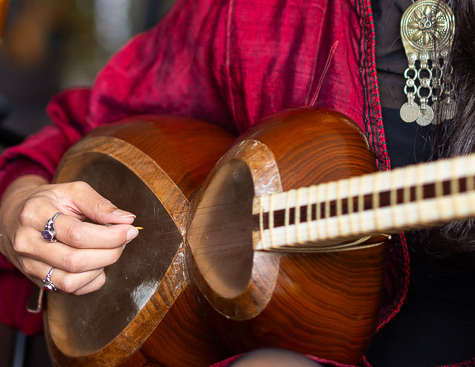Music Teachers - Tar and Setar
About Tar and Setar lessons
What is a Tar?
It is a long-necked, waisted lute (plucked string instrument) with six strings arranged in three double courses (pairs). Tar is one of the most important instruments in Iranian music, shaping the sound of the adif (the classical Persian repertoire).How is the Tar tuned?
It has six strings, arranged in pairs, tuned in fourths and fifths, though the exact tuning depends on the dastgah, (modal system) being performed.The right hand holds a plectrum (mezrab), traditionally made of brass.Is Setar related to Tar?
This wonderful traditional Persian string instrument is closely related to the Tar, but smaller and more delicate in sound and structure. You can play Dastgahi music as well with the Setar.


